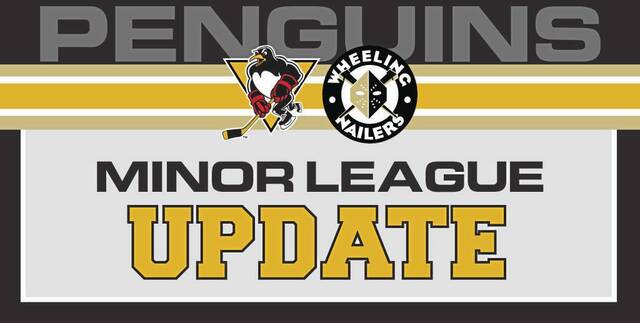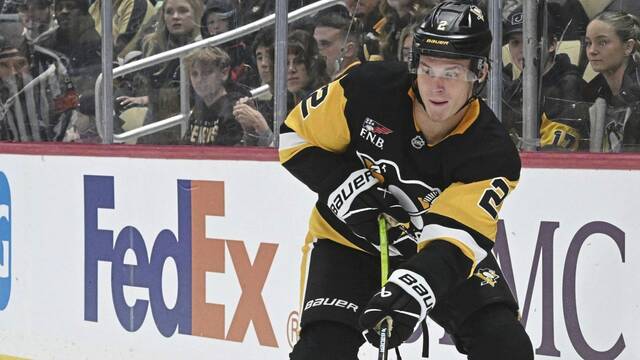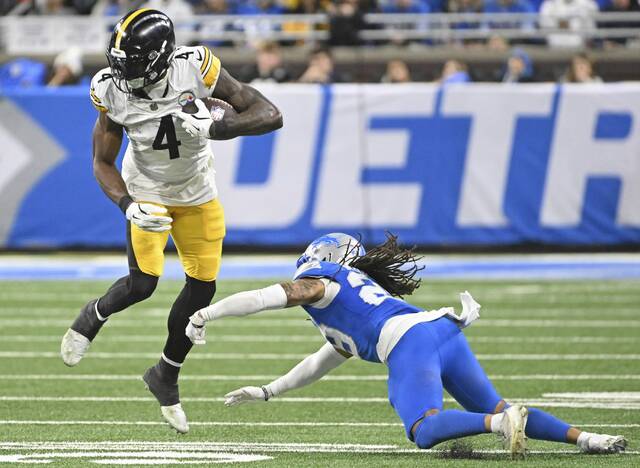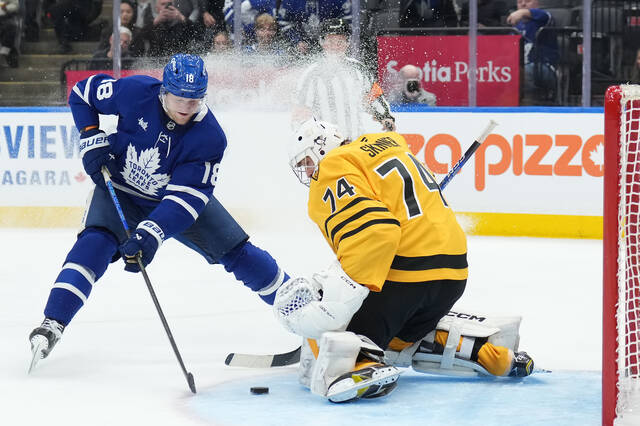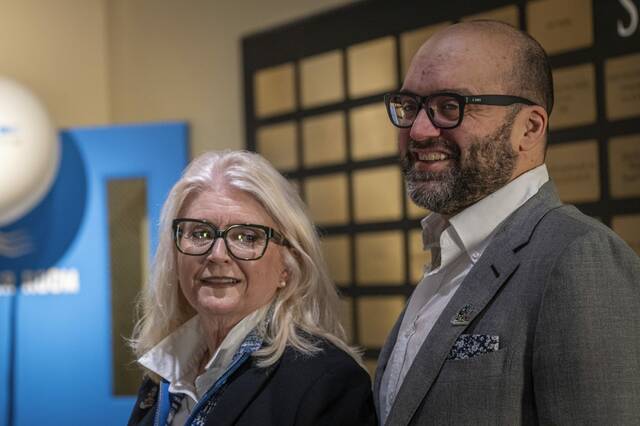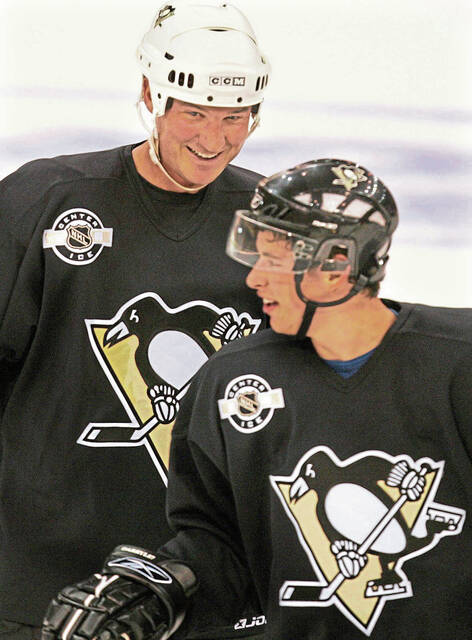When he held his first news conference after being hired by the Penguins on June 1, 2023, Kyle Dubas was asked about his team’s goaltending situation.
Tristan Jarry was headed to free agency, so Dubas was going to have to make some moves at the position.
“Goaltending is vitally important,” Dubas said, before delivering the money quote. “It’s also difficult to project and predict, and there’s a lot of variance year to year in terms of performance.”
With that, Dubas reiterated what hockey analytics experts have been saying for years: Goaltending is voodoo, nearly impossible to predict from one season to the next.
A tiny number of goalies rank among NHL save percentage leaders on an annual basis. The rest are riding hockey’s scariest roller coaster from year to year.
A perfect example is the career of Marc-Andre Fleury. Some years, Penguins fans wanted to run him out of town. Other years, he was one of the city’s most beloved athletes.
Dubas knows all that. He had to be crossing his fingers and knocking on wood as he tendered a five-year, $26.88 million offer to Jarry, a goaltender who might be even more inconsistent than most.
And frankly, now that it’s gone bust, in his heart of hearts, he’s probably not shocked. After all, when it comes to goalies, there’s a lot of variance from year to year in terms of performance.
Here are five takes on the Penguins and goaltending:
1. The other options
To avoid Monday morning quarterbacking, it’s worthwhile to look at the other goaltenders who were available when the Penguins signed Jarry in 2023.
Jarry was considered the top goalie on the market, incidentally. In a Yahoo listing of the top 30 free agents that summer, he was the top-ranked netminder, No. 12 overall, with this ill-fated notation: “Jarry is the best option for teams looking for a long-term solution in net.”
Among goalies who changed teams that summer, Joonas Korpisalo signed the richest contract, a four-year, $20 million deal with Ottawa. He went out and finished 51st out of 54 qualifying goaltenders with an .890 save percentage and was later traded to Boston.
Next up was Mackenzie Blackwood, who signed for two years and $4.7 million with San Jose and finished 38th with a .899 save percentage.
Beyond that, there was a litany of goalies signing one-year deals that ranged from $825,000 to $1.8 million who served in tandems.
There were a few winners like Anthony Stolarz ($1 million with Florida, .925) and Cam Talbot ($1 million with Los Angeles, .913) but mostly perfectly average performers like Martin Jones ($875,000 with Toronto, .902) and Alex Nedeljkovic ($1.5 million with the Penguins, .902).
The moral of the story appears to be this: If you have to gamble on a goalie, one-year mistakes are a lot easier to swallow than five-year mistakes.
2. The great debate
Even now, it’s not hard to be a Jarry apologist. It sounds something like this: “The Penguins stink on defense. No goalie would look good under those circumstances.”
Modern stats aim to settle this debate.
Analyzing the shots the Penguins allowed while Jarry was playing this season, Moneypuck.com’s math estimates the average goalie would have given up 59 goals. Jarry gave up 69.
His goals-saved above expected numbers are sixth-worst in the league.
3. Not you, Ned
By those same metrics — even after a game-of-his-life performance Friday night in Buffalo — Nedeljkovic hasn’t fared a whole lot better. He was expected to give up 60 goals and has actually surrendered 65. That’s 16th-worst in the league.
Joel Blomqvist, conversely, is in the black. With 31 expected goals against, he’s actually allowed 28.
4. Leaguewide woes
Jarry isn’t the only goalie struggling this season. The leaguewide save percentage is .901, which would be the worst figure since it was also .901 in Sidney Crosby’s rookie year of 2005-06.
In fact, average save percentage has been steadily dropping since hitting an all-time high of .915 in 2015.
The era of great goaltending seems to be ending.
5. Quality control
In 2023, two CMU students aimed to find out why.
After studying shot distance and angle, among other things, they concluded the biggest reason is skaters are taking higher quality shots than ever before.
After years of seeing their shots swallowed up by giant goalies with well-honed technique and oversized pads, shooters adjusted and the pendulum swung.
Your move, goalies.



